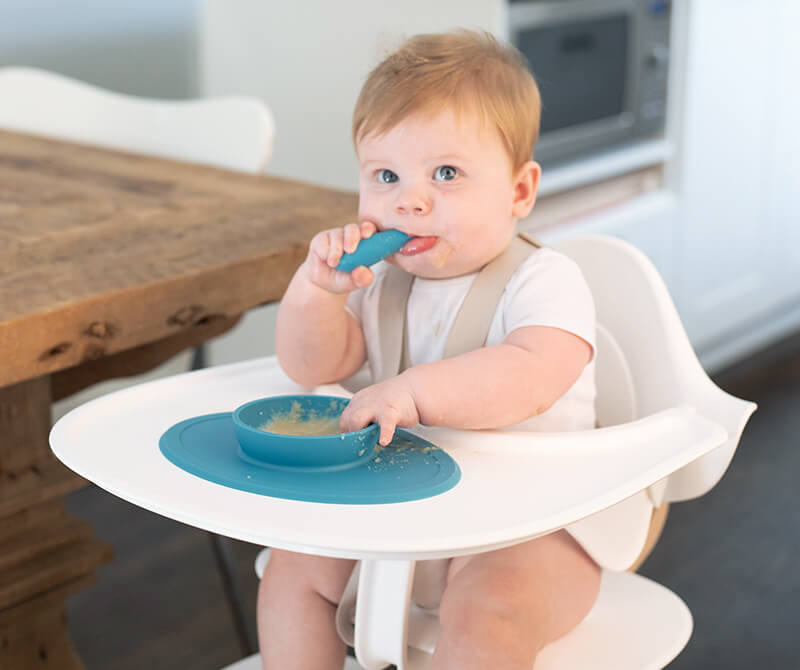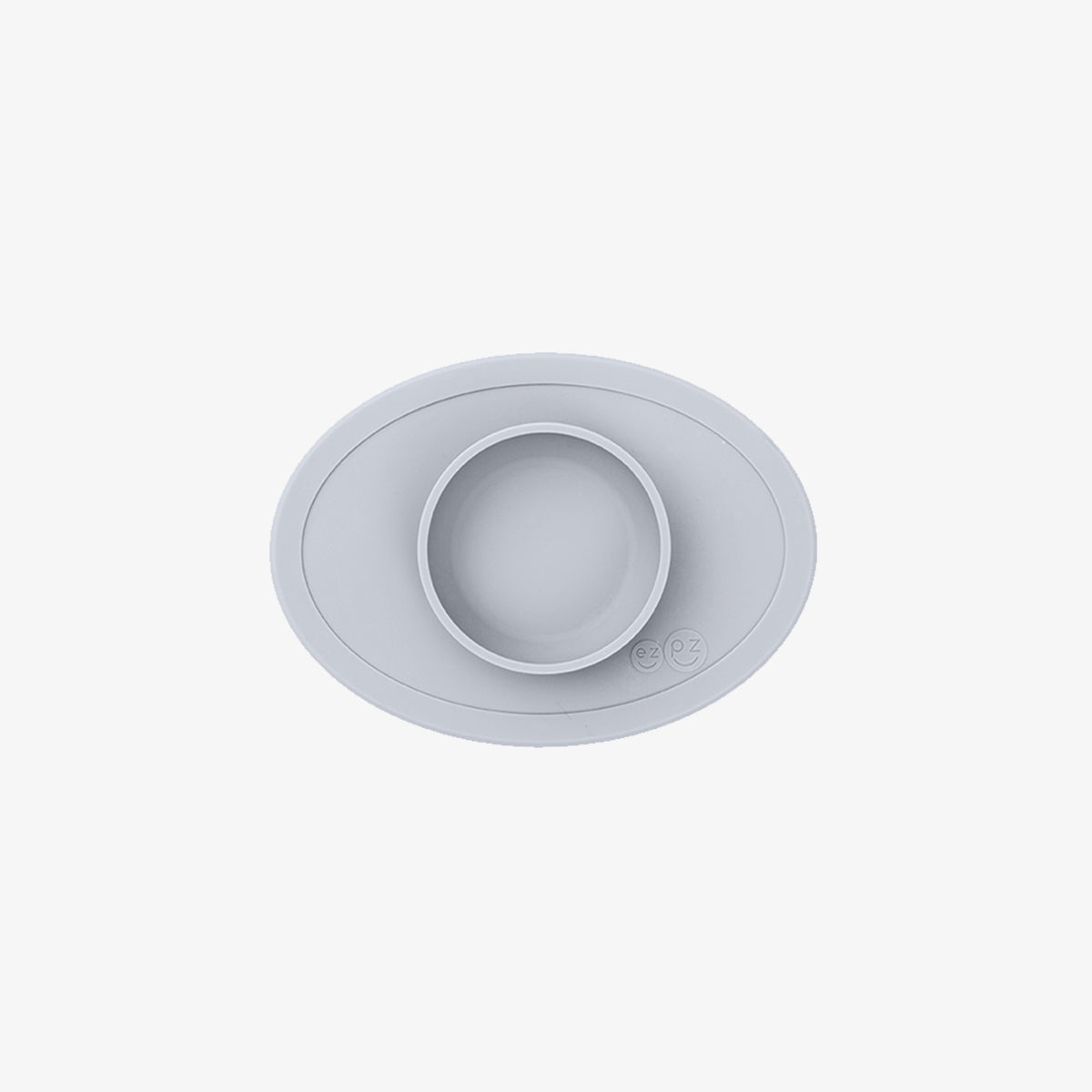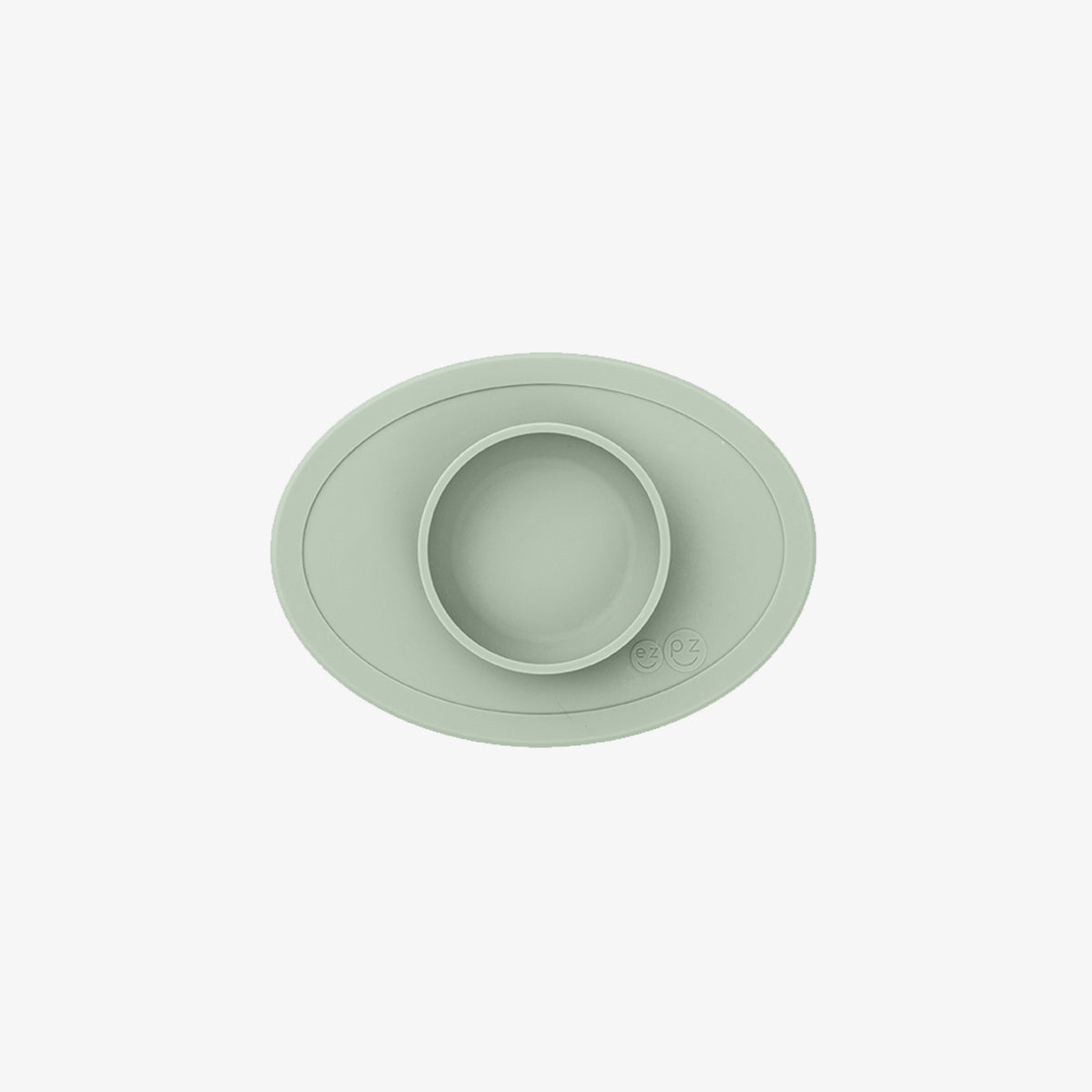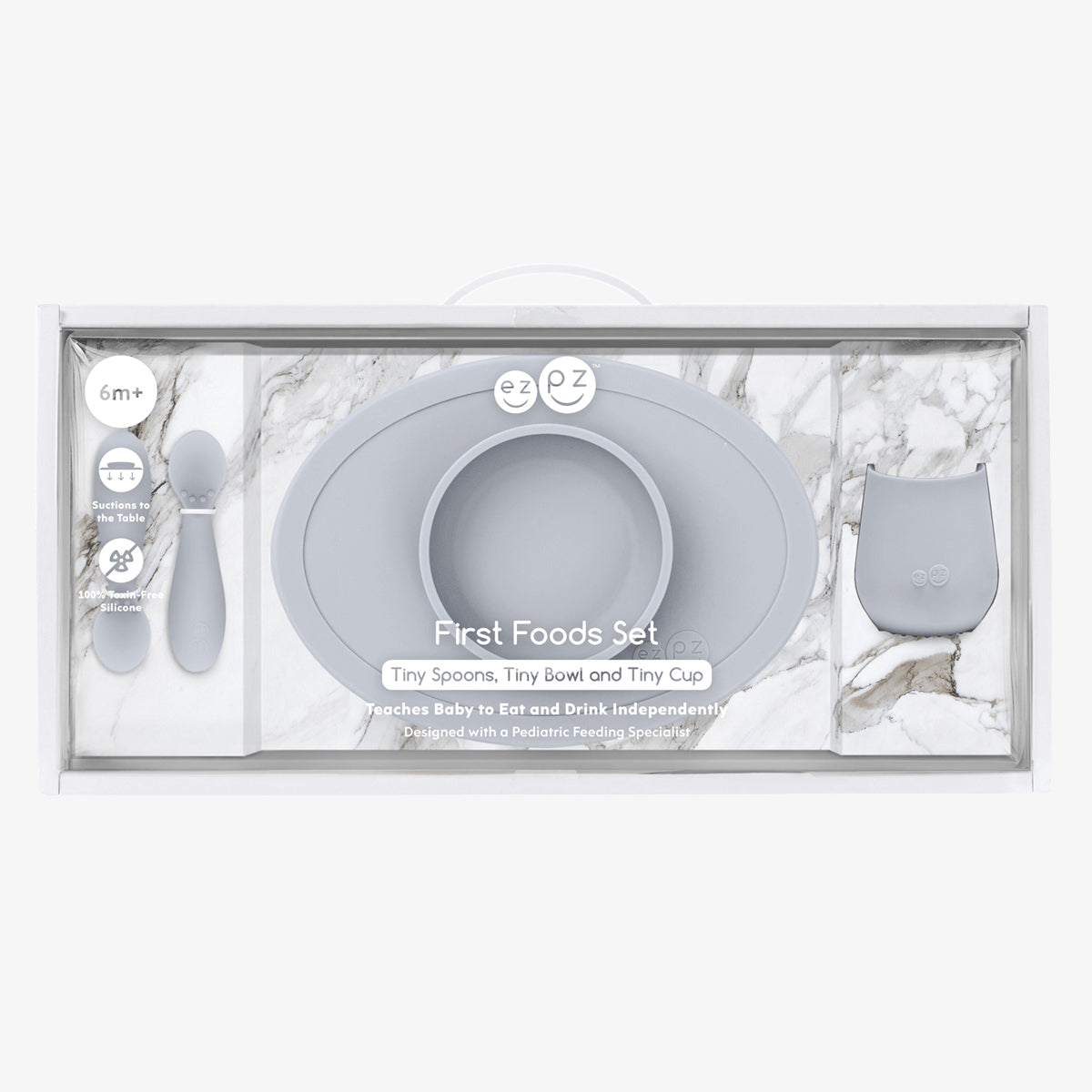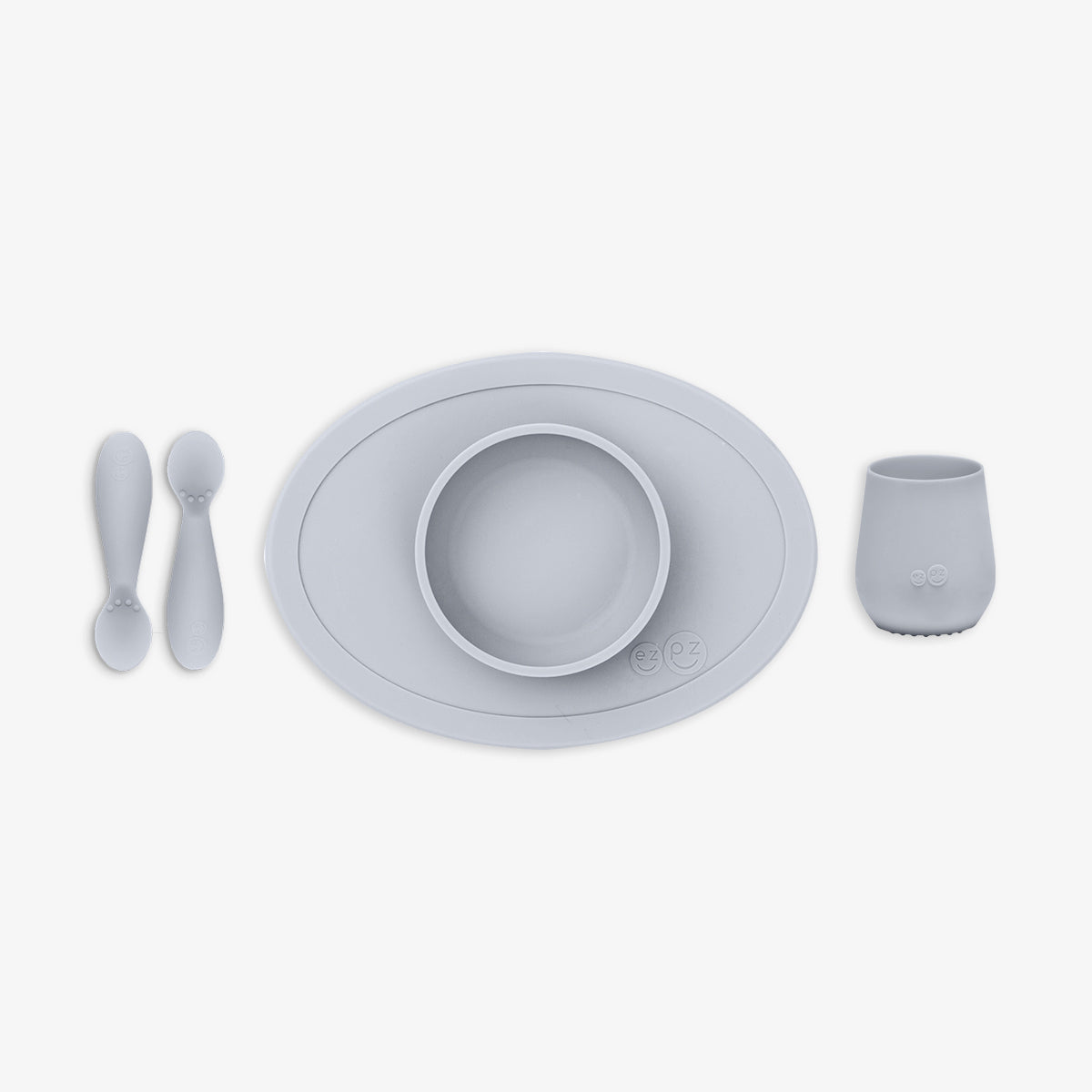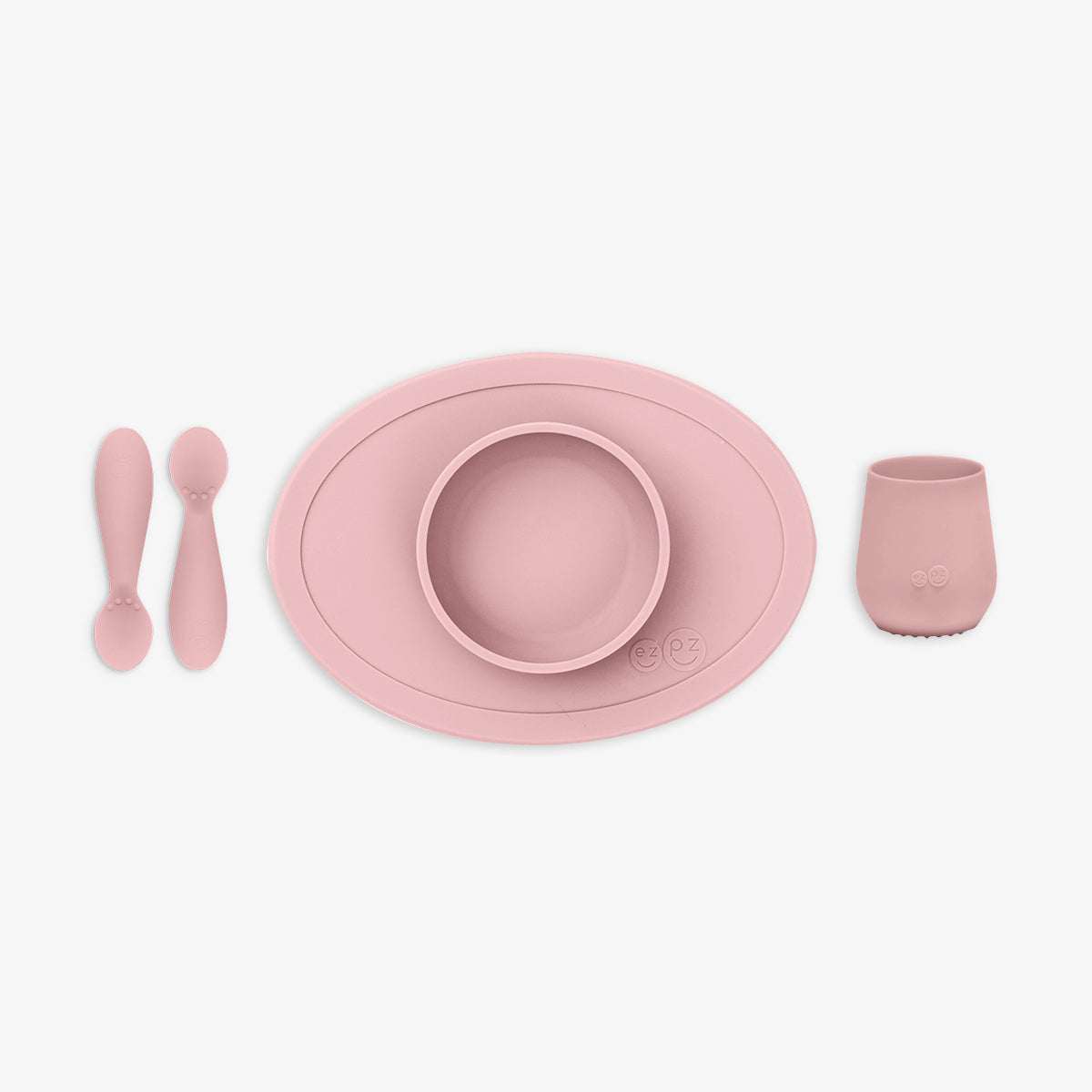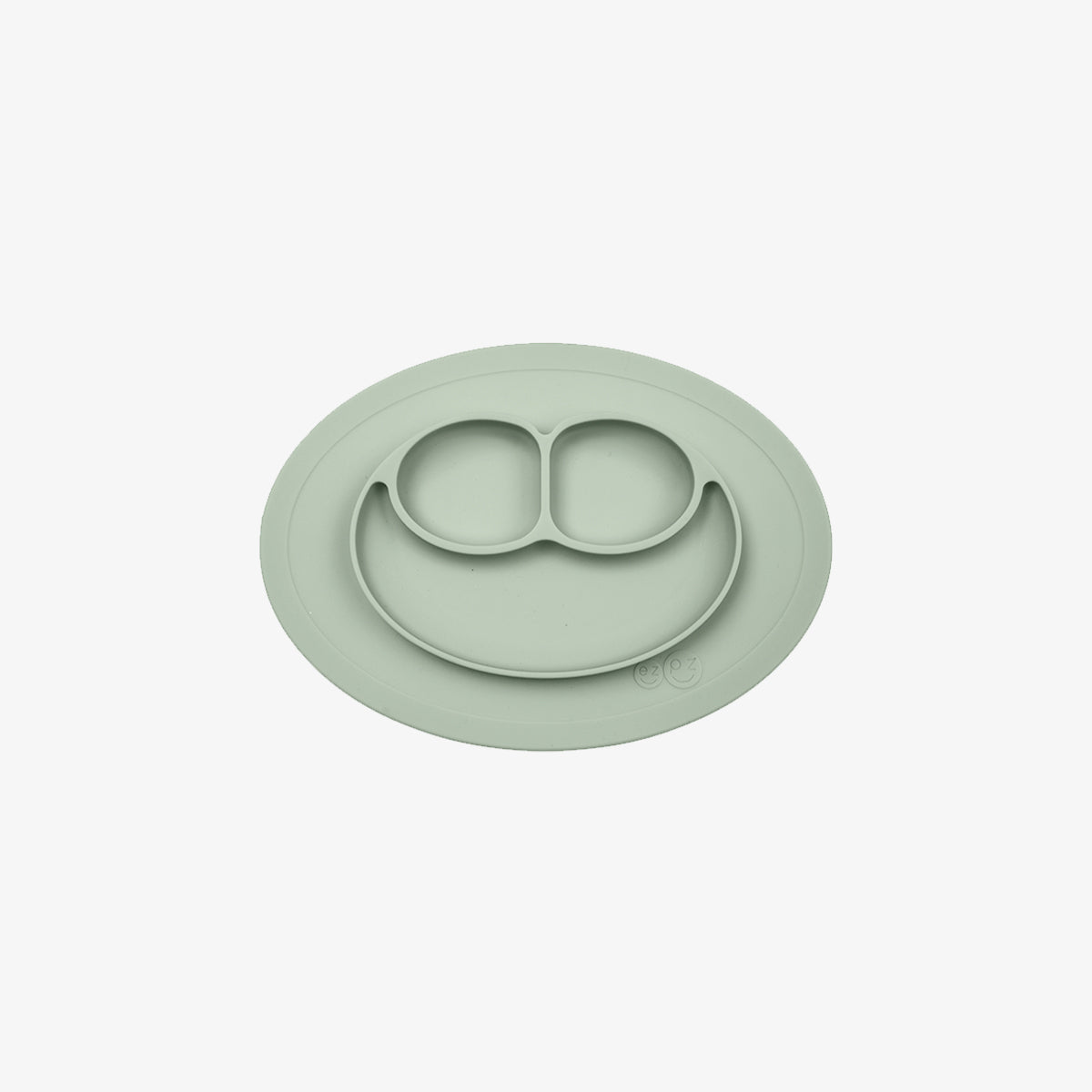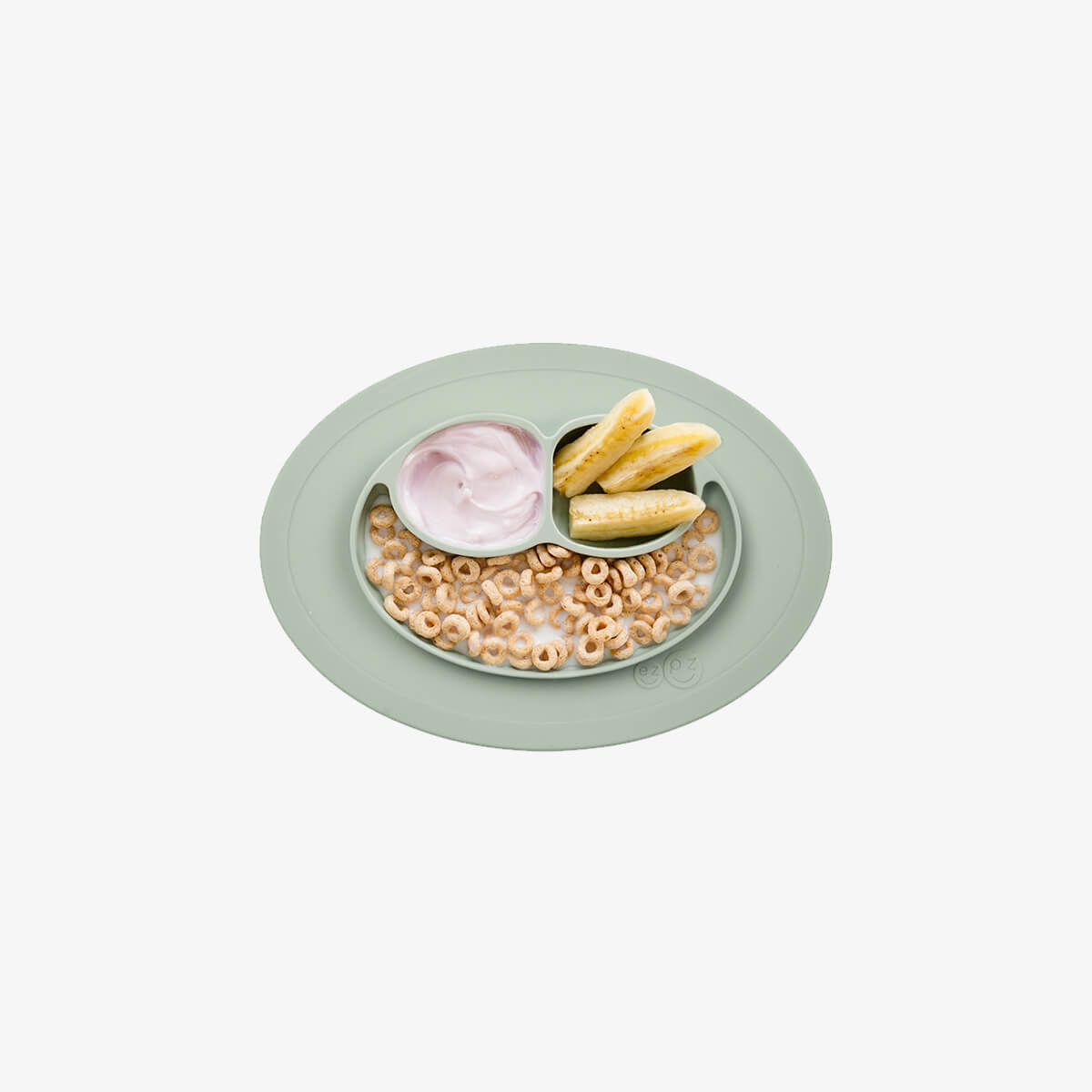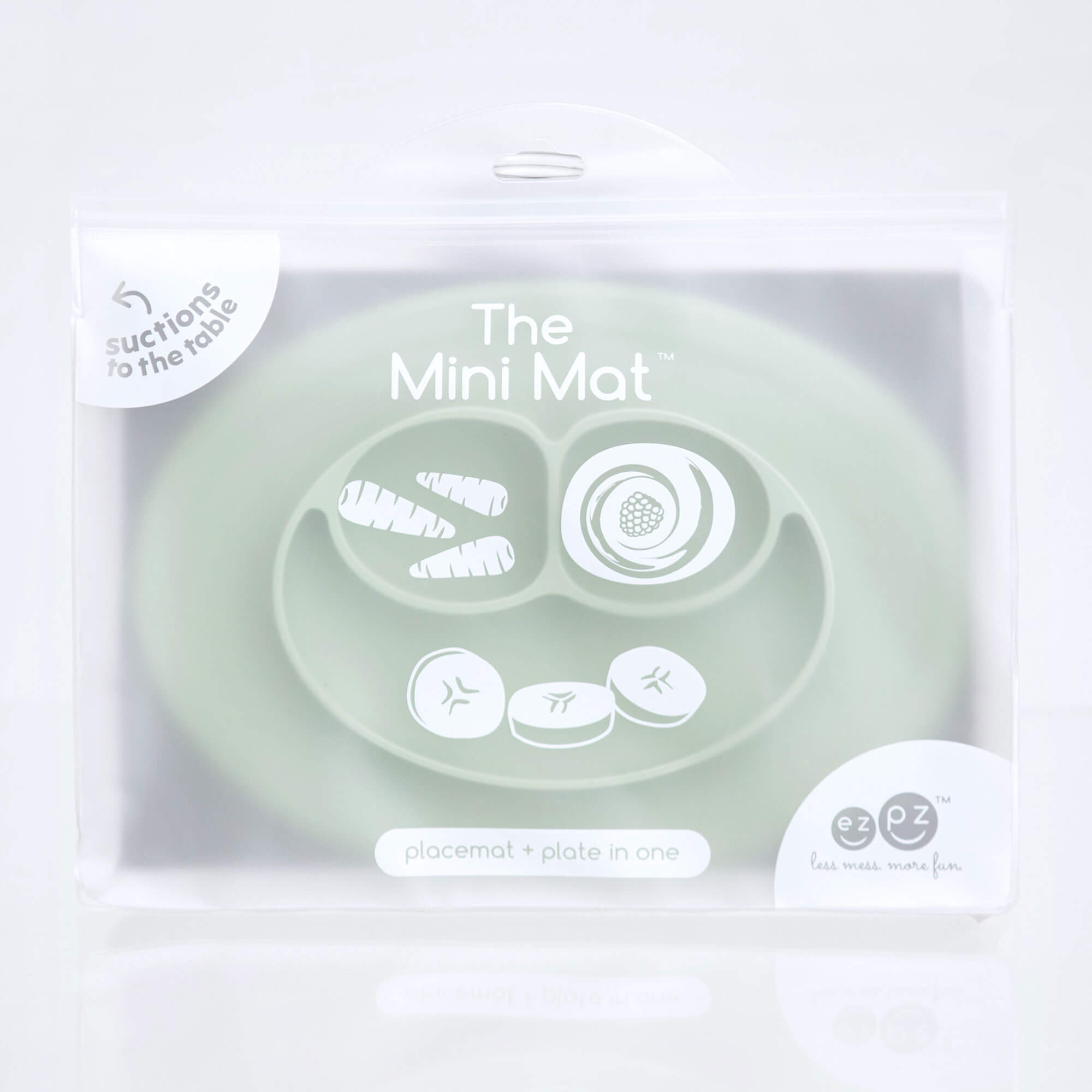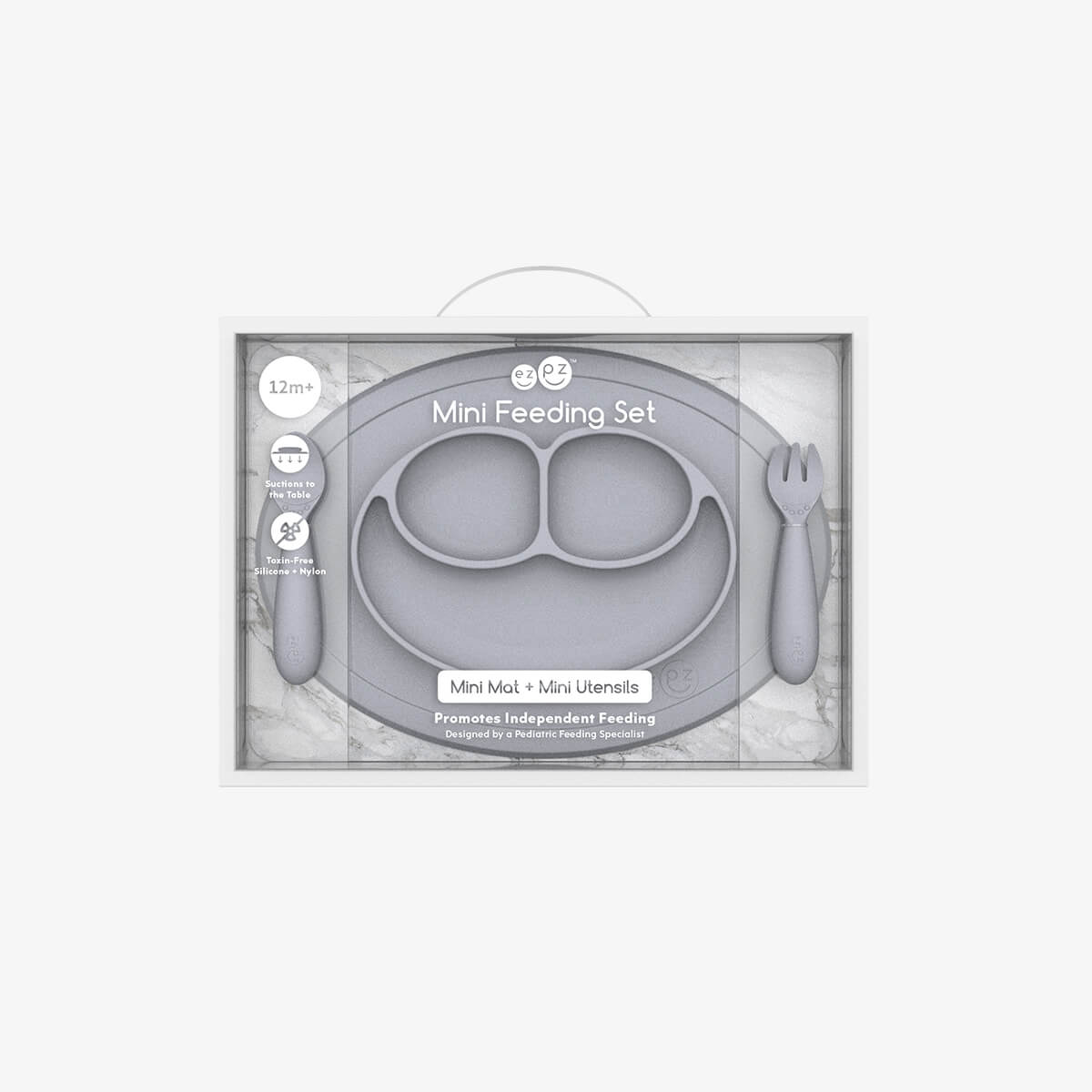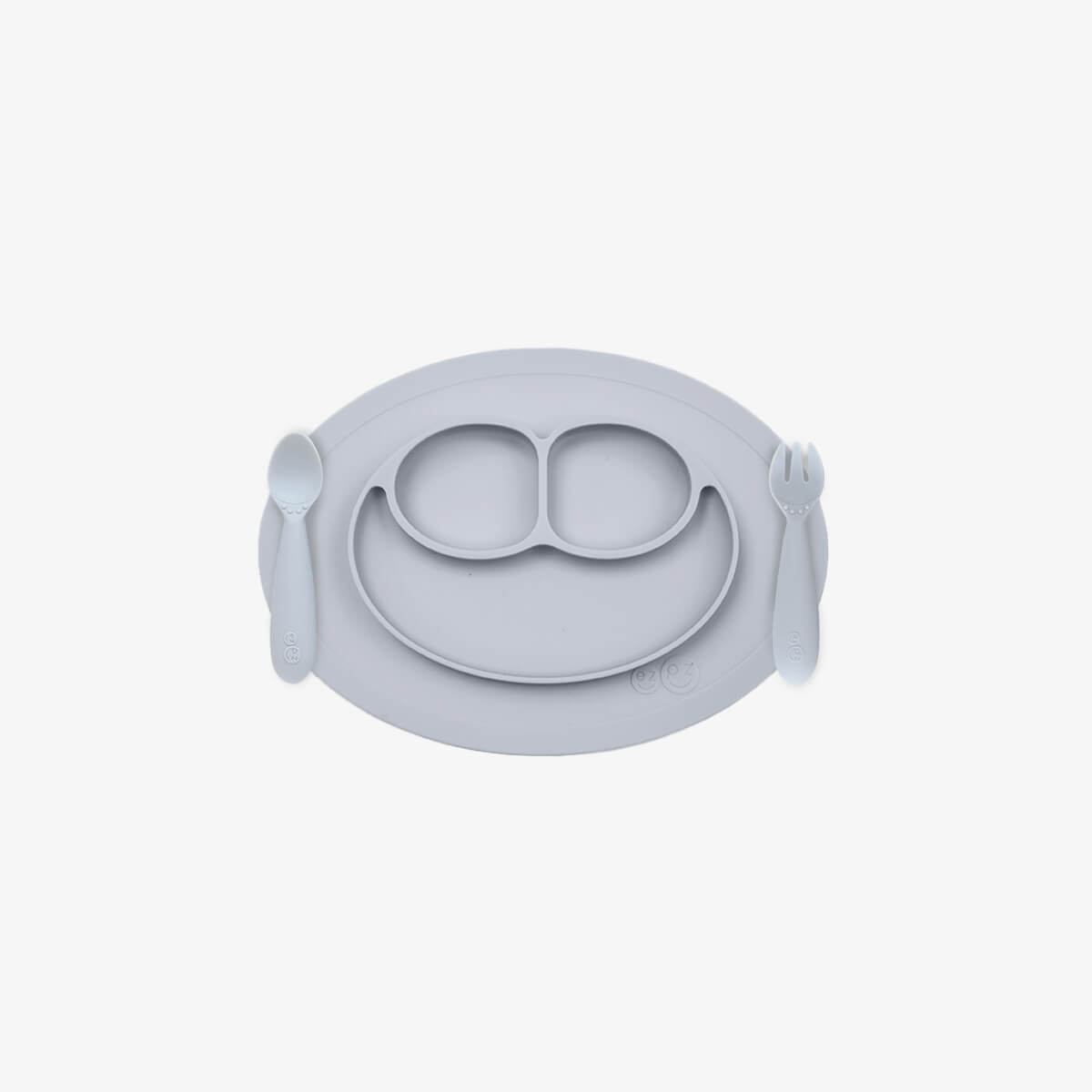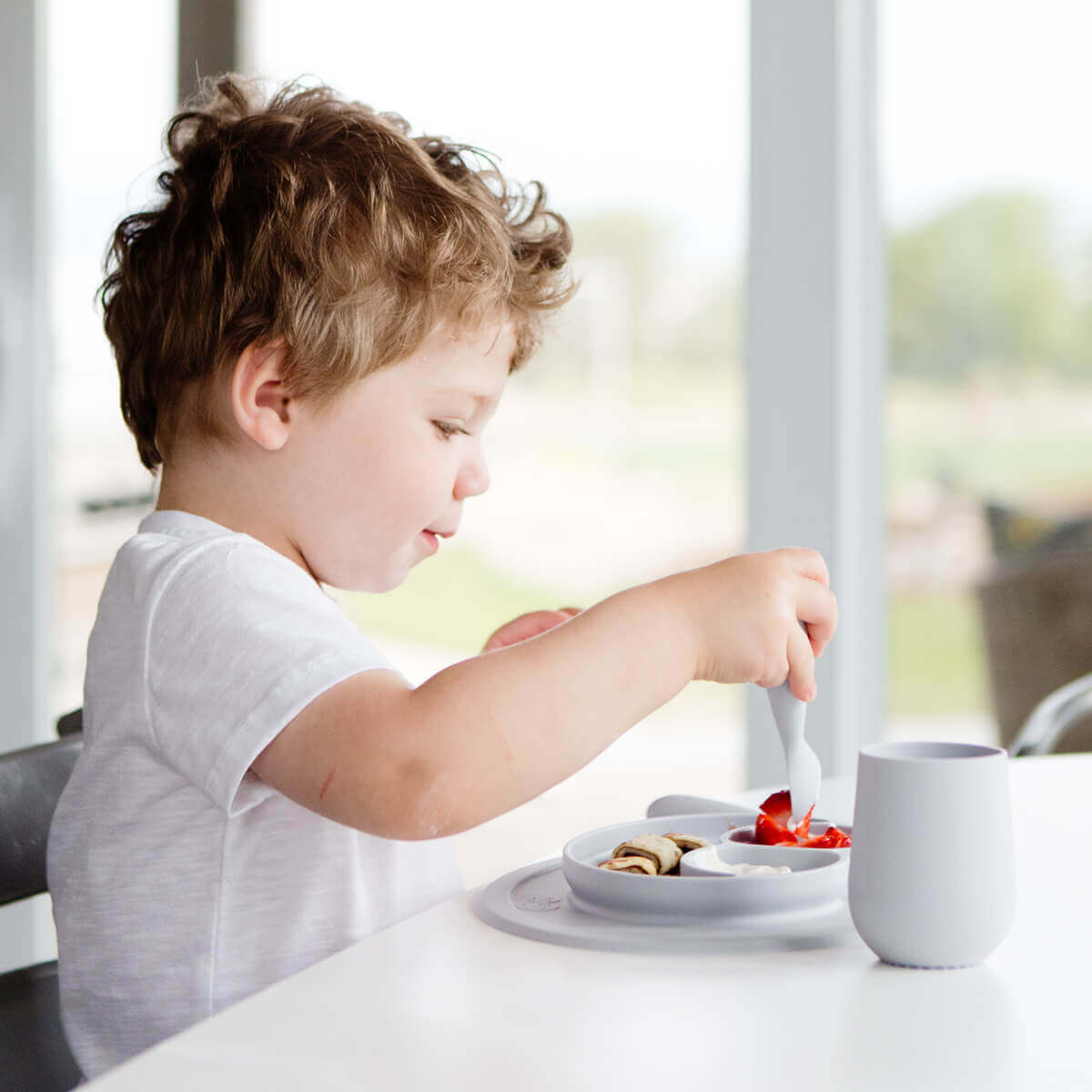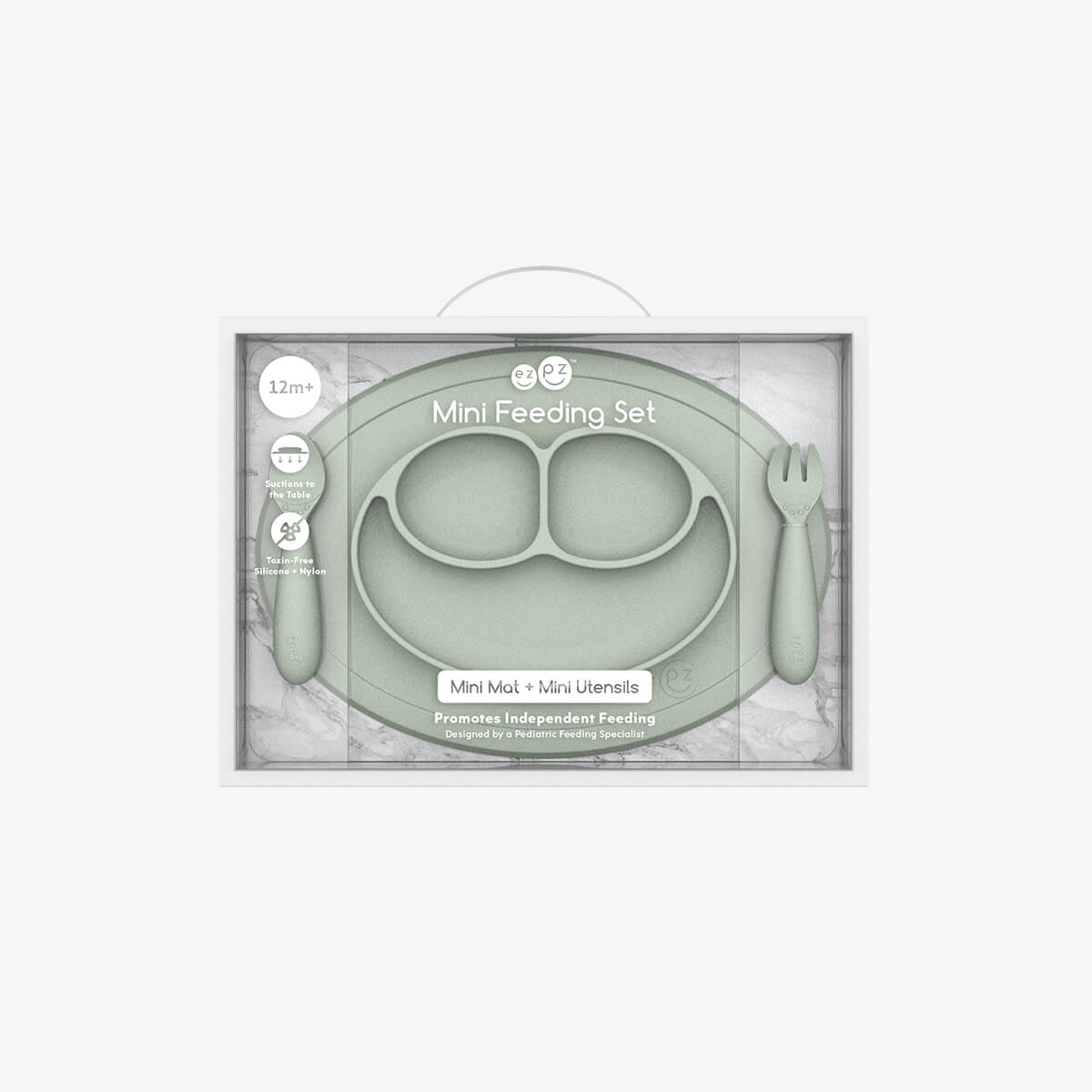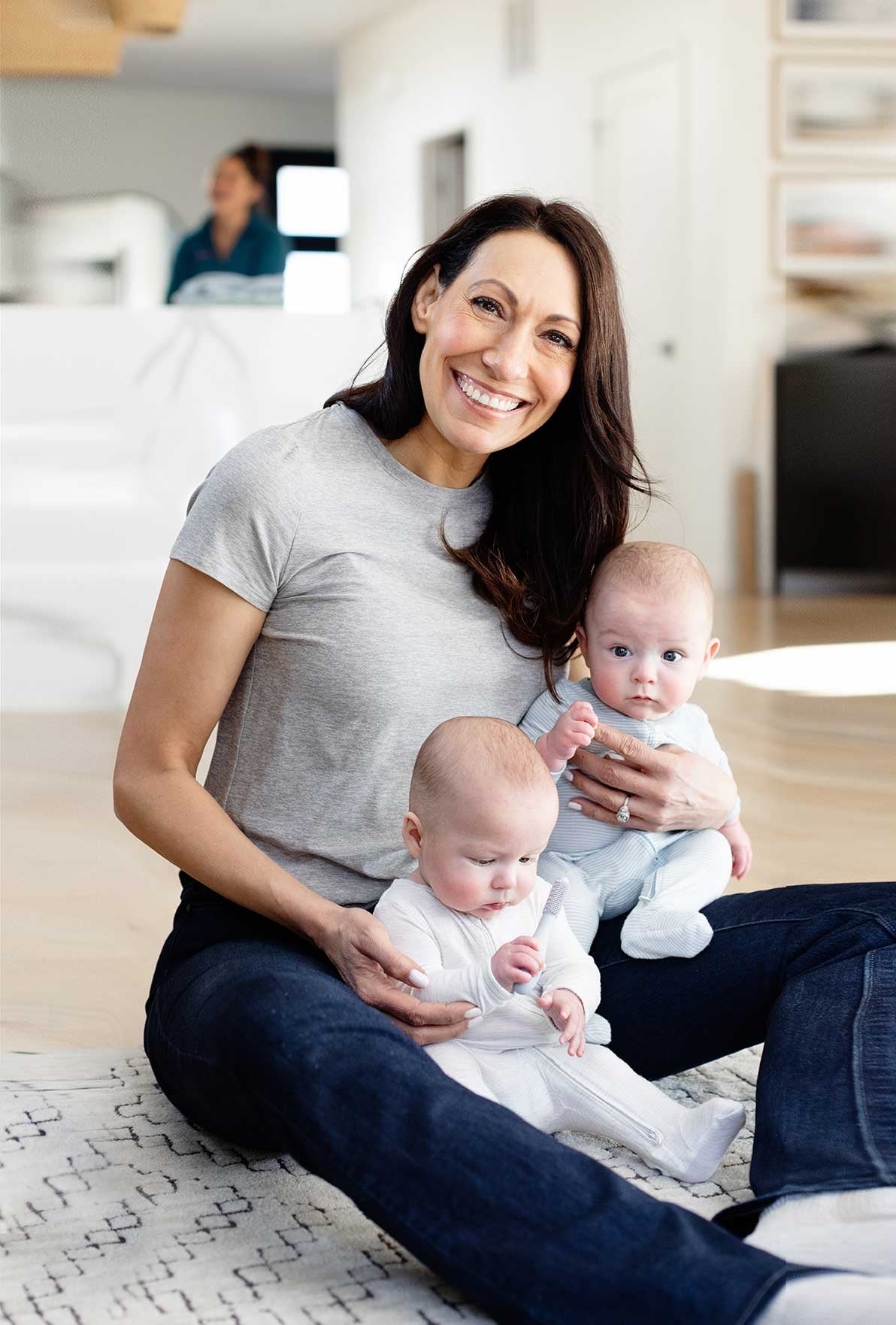Mealtime is family time, and having baby securely positioned at the table is an important first step to learning to enjoy food. As you start solids, take a peek at how your baby is seated in the highchair to make sure baby is safe.
Safe Seating: As boring as it sounds, I read all of the safety instructions for every highchair I use in feeding therapy, and I recommend parents read this information too. Safety designs change from chair to chair and, even when I’m familiar with a specific highchair, new models have different security features. So, here are a few tips to avoid falls and make sure your baby is secure in the highchair.
-
Straps: Some straps are difficult to buckle, release and figure out! I totally get that it’s a pain to strap our little ones down; especially with everything else we are doing to prepare for mealtime. However, we want to avoid any medical complications that may come from a fall, including head injuries and food refusal due to the trauma of the fall. So, I recommend using the straps, harness or restrainer that comes with your highchair.
-
Wheels: Some highchairs have wheels that need to be locked before you place baby in the chair. Depending on your chair’s safety features, consider having baby a safe distance away from a table leg, counter, wall or piece of furniture so baby cannot push off and tip their chair over.
- Vintage: I’ve been seeing a huge trend in the purchase of vintage highchairs at garage sales or antique stores. I love that these eco-friendly parents are updating these chairs to be more fashionable and chic. However, I recommend that parents inquire about the model information before they purchase, as some chairs may have been recalled due to safety issues.
Tray or Table: Some parents are told to have baby eat straight off of the highchair tray, but I prefer to offer meals to baby like the rest of the family – on a plate or bowl. You can place the bowl or plate directly on the highchair tray. I like using our Tiny Bowl since it fits on the tiniest of trays! Or, you can ditch the tray and slide baby up to the table and place the bowl there. Note, if the tray is helping to support baby’s positioning continue to use the tray for added safety. You can move baby to the table once he/she is more stable.
Stable Seating: Part of a safe feeding routine is assessing how baby is positioned in their highchair. I recommend highchairs that can grow with your baby and give them the foot stability they need. Here are my tips for ensuring baby’s whole body is supported when eating in the highchair.
- Feet: Baby will get the main stability for a safe swallow from their feet and hips. For this reason, you want to ensure that your highchair has a stable and moveable footrest. In addition, choose a highchair that does not recline. We want to keep baby away from precarious feeding positions (feet dangling, eating at an angle) as these positions place baby at risk for choking or aspiration (when food or liquids enter the airway or lungs by accident).
- Knees: A good footrest allows baby to have a 90-degree angle at their knees. This helps baby feel less irritable at mealtime, as he/she can adjust their position and sit for longer periods of time.
- Hips: The hips provide a stable posture, which allows baby to be more comfortable at mealtime. Remember, the longer baby is at the table, the more new foods they are exposed to (this decreases picky eating).
- Core: Core stability helps baby lean forward to eat and lean back when baby is “all done.” This movement gives parents the cues needed to know that baby is finished.
- Head & Neck: Baby should be placed in the chair so that the Mini Mat is at midline (the middle/center) of the highchair tray or dining table. This will help keep baby’s head and neck aligned and provide a slight ‘chin tuck’ position for a strong swallow reflex.
- Mouth: Now that the entire body is stable, the tongue, jaw, lips and cheeks have the stability they need to coordinate together to perform a safe swallow. Ta da!
I hope my seating tips will help you and your family at mealtime. In my clinical experience, I find that when babies have better seating when starting solids they have more variety in their diet and more adventurous eating! What are some of your favorite seating tips? #ezpzfun #ezpz


